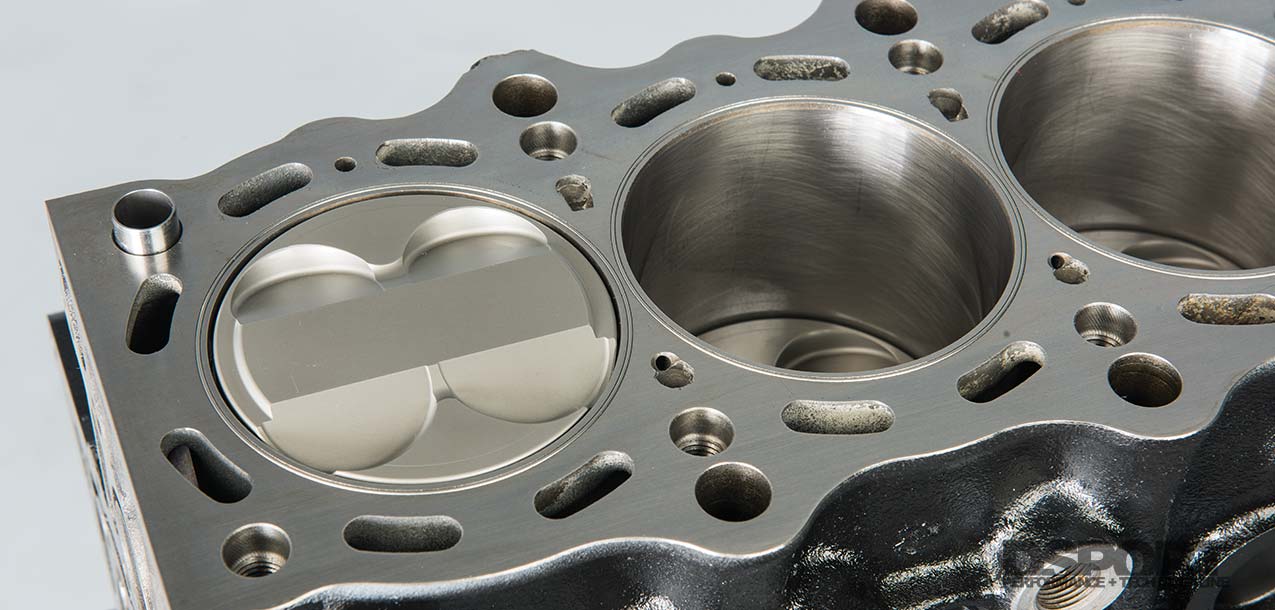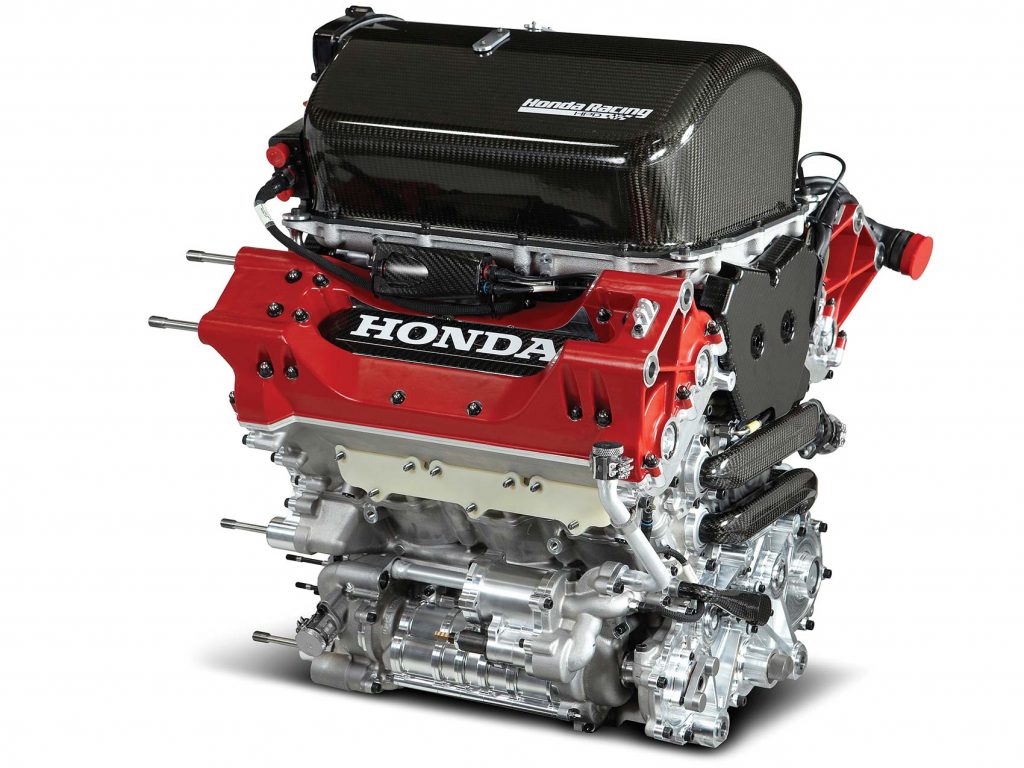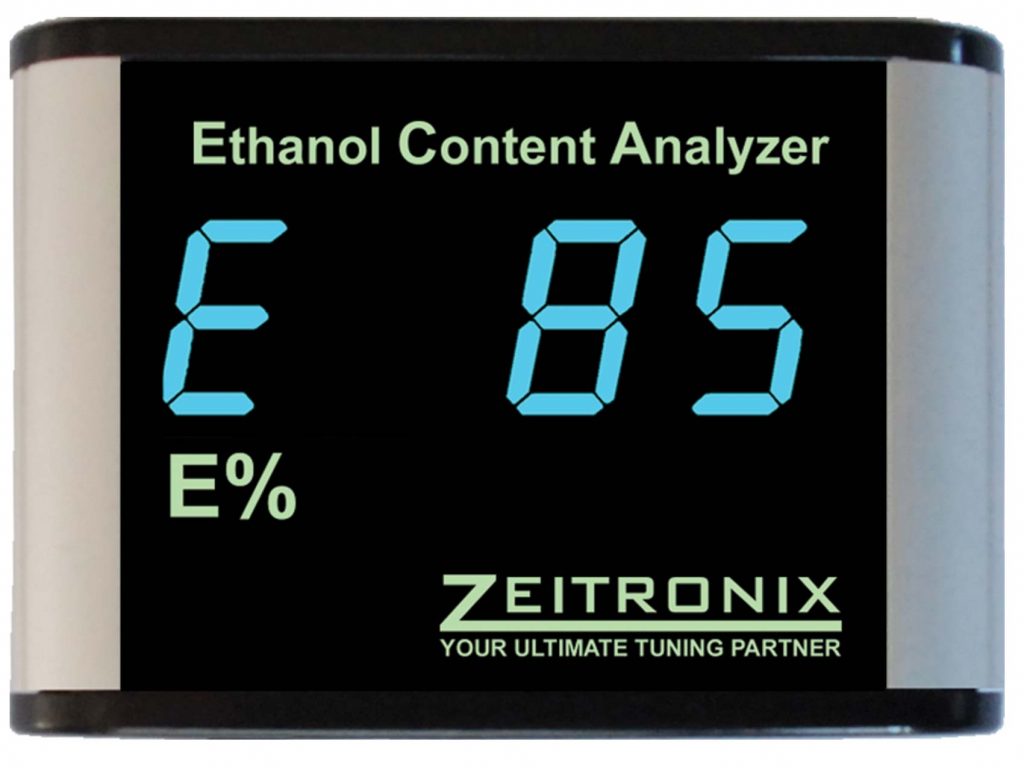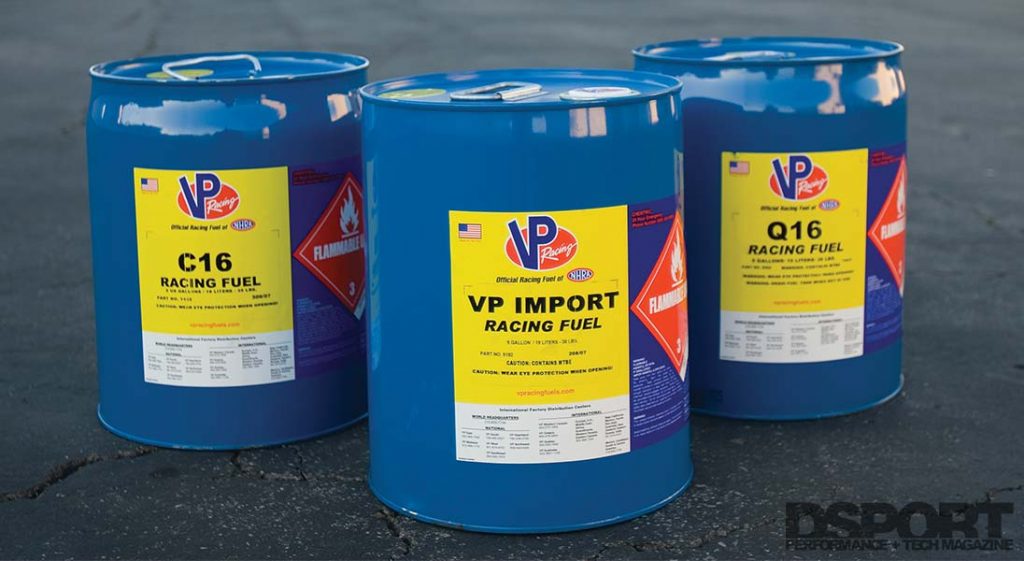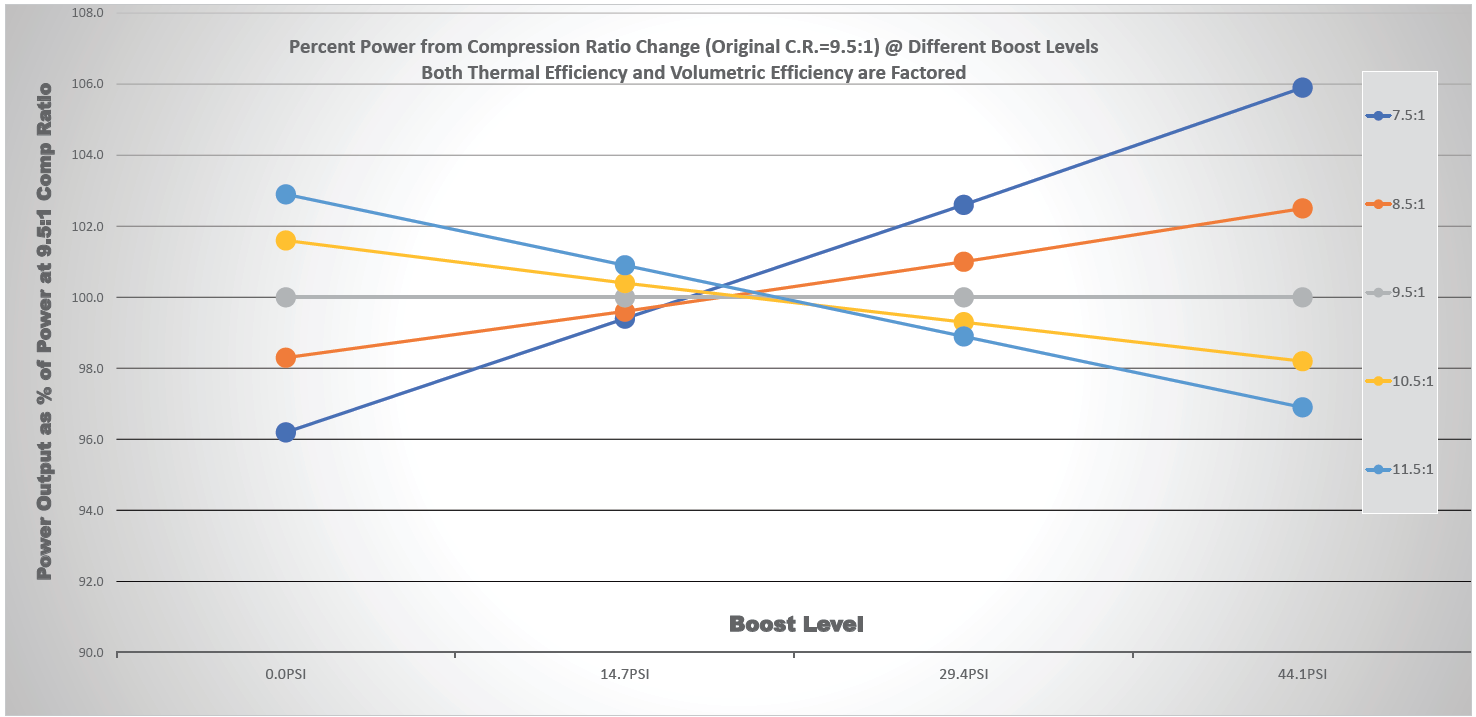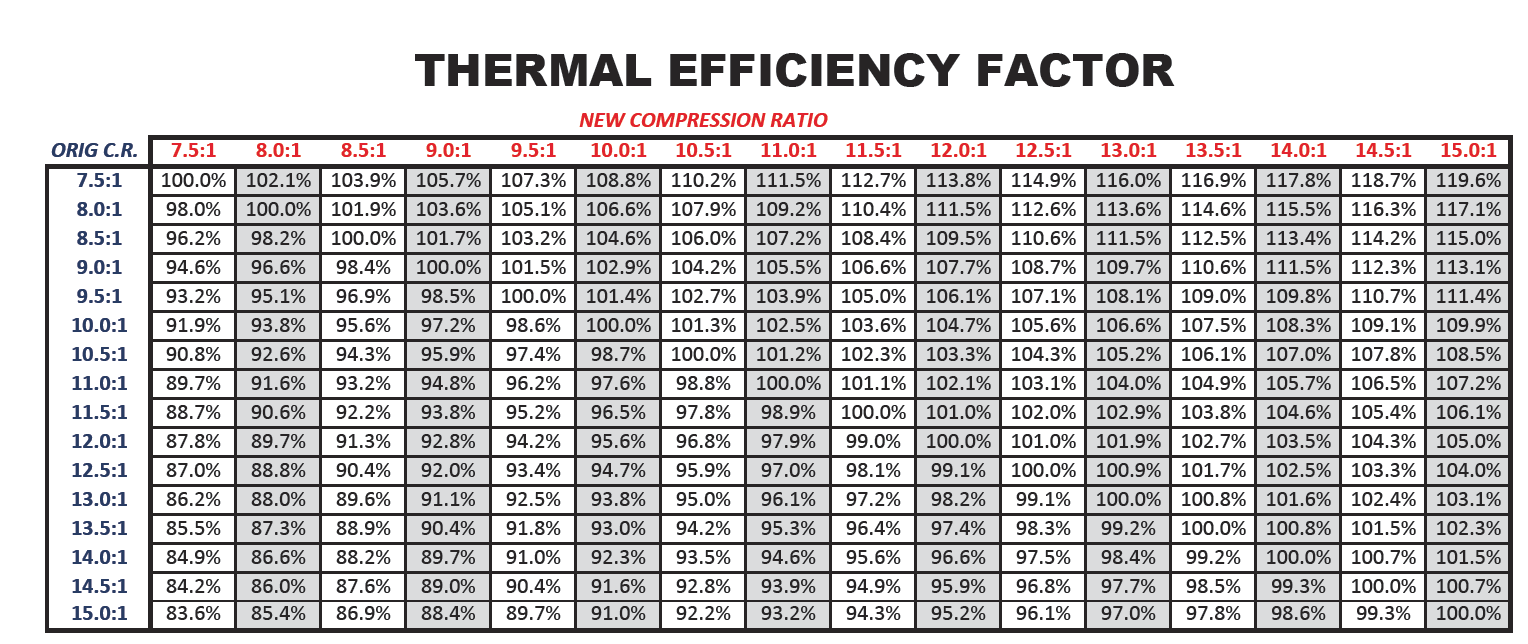Opinions are like assholes and everyone has one. Look on a forum, blog, Instagram or YouTube account and you can find a number of “engine builders” sharing their thoughts and feelings on the best compression ratio for a particular engine or application. If you take away anything more than the person that took the time to post this content has an asshole just like me, there is a 98-percent chance you have been misled. To avoid being deceived, you need to take the time to understand the effects of raising or lowering an engine’s compression ratio. These effects have nothing to do with feelings or emotions. Instead, these effects are rooted in science. In addition to understanding the effects of raising or lowering an engine’s compression ratio, you also need to understand how fuel octane, alcohol percentages, type of fuel injection (port or direct), boost levels and types of driving will factor into selecting the ideal compression ratio for your application.
By Michael Ferrara
DSPORT Issue #211
The OEM Compression Ratio
Here is something that may surprise you. The original OEM compression ratio of your engine is the ideal compression ratio for the engine. Of course, we need to define what is meant by “ideal.” The OEM compression ratio is ideal for the minimum octane rating of gasoline recommended, for the factory power output levels, for factory boost levels, for emission compliance and for a driving pattern that the OEM believes will be driven. The OEM selects a compression ratio that is high-enough to deliver the highest thermal efficiency while being low-enough as to not induce knock (detonation) in the worst-case conditions. These worst-case conditions can occur with excessive carbon buildup on a high-mileage engine. Even under these conditions, the factory compression ratio would not be too high.
The Ideal Compression Ratio
While the OEM compression ratio works very well for the OEM engine in OEM conditions with OEM intended usage, there is a chance the OEM compression ratio may not be the ideal compression ratio for peak performance on your application. What you feed your engine has a direct effect on ideal compression ratio. The fuel’s octane rating and alcohol content will both influence ideal compression ratio. Higher octane fuels and fuels with higher alcohol percentages will allow higher compression ratios to be run. Direct-injection also allows higher compression ratios to be run. Unfortunately, being able to run a higher compression ratio doesn’t mean that is the ideal compression ratio. There is more to it than that. The boost levels that will be set will also factor into the ideal compression ratio. As boost levels are increased, the ideal compression ratio for peak power will decrease. We will get into this in more detail later, but the important thing to remember is that increases in boost pressure reduce the ideal compression ratio. Finally, the type of racing and/or driving that the engine will be subjected to also influence ideal compression ratio. In racing series where reducing fuel consumption provides a competitive advantage, running a higher compression ratio that sacrifices some power at higher boost levels, but delivers better fuel economy, might be the way to go. Current IndyCar engines are good examples of high compression ratio, forced-induction engines. Depending on the type of course, boost is limited between 19 and 21.7psi with a push-to-pass boost of 24psi. While no manufacturer shares their actual compression ratio on its IndyCar engine, the expected compression ratio range for these engines is between 11.5- and 12.5-to-1 according to most sources. In a drag racing application where the boost levels are 50 to 60psi, running a compression ratio in that range would have a lower power output than running a lower compression ratio. While the engine would be more fuel efficient with a higher compression ratio, a ¼-mile course without pit stops wouldn’t benefit.
Setting up an engine to run E85 instead of pump gas expands the range of possible compression ratios that can be run. However, running the highest compression ratio possible doesn’t deliver the best performance for all performance applications.
Alcohol Impairs Judgement
While everyone is familiar with the poor judgment that can result with a person consuming alcohol, few understand that allowing an engine to consume alcohol-based fuels also opens the door to some bad judgement. This bad judgement is usually the result of the “if a little is good, more is better” mentality. High ethanol-percentage fuels like E85 are very resistant to detonation (knock). The reason is that the alcohol has a much better cooling effect than gasoline when it vaporizes. Since an engine may not knock at 30psi of boost even with an 11.0:1 compression ratio, people mistakenly believe that these higher compression ratios are ideal on E85. Depending on the application, it may be. But a 9.0:1 engine will make more power than an 11.0:1 engine from about 22psi to 30psi. For a drag application where you aren’t spending any time at low boost levels, a low compression ratio is more likely to be ideal. For a street application or circuit application, the off-boost and low-boost power increase from the higher compression ratio may be most ideal.
A fuel’s knock resistance and cooling factor will influence the range of compression ratios that can be run. If an engine is going to run on an exclusive diet of racing gas, compression ratios can be higher than pump gas.
Raising Compression Ratio: Good & Bad
 Long before forced-induction found its way onto factory engines, high-compression pistons were one of the original go-fast upgrades. If you have an all-motor setup, running the highest compression ratio possible for the fuel being used is usually the way to go. However, there is an exception. If the means used to achieve this ultra-high compression ratio reduces the combustion efficiency (percentage of air-fuel mixture burned in the cylinder), a slightly lower compression ratio that doesn’t have this impact will be ideal.
Long before forced-induction found its way onto factory engines, high-compression pistons were one of the original go-fast upgrades. If you have an all-motor setup, running the highest compression ratio possible for the fuel being used is usually the way to go. However, there is an exception. If the means used to achieve this ultra-high compression ratio reduces the combustion efficiency (percentage of air-fuel mixture burned in the cylinder), a slightly lower compression ratio that doesn’t have this impact will be ideal.
Increasing the compression ratio of a naturally-aspirated engine increases its thermal efficiency. This means more energy is extracted from the combustion process and less is wasted to the cooling system and exhaust system. Less fuel is required for each horsepower generated. Fuel economy increases. Since less energy is wasted to the cooling system, the amount of temperature increase in the cooling system during a full-throttle pull will be less on a higher-compression engine than one with a lower compression ratio. Since the burn speed of the air-fuel charge increases under higher compression ratios, the ideal spark timing for a higher-compression engine will have less advance than a lower-compression engine. For compression ratios between 8.0-to-1 and 12.0:1, the higher compression ratio engine will make more power when the boost is between zero and 20psi. Since forced-induction wasn’t common until the early ‘90s and it was mostly fitted on imports, many old-timers never dealt with the negative performance tradeoffs of increasing the compression ratio on a boosted engine.
What is wrong with raising the compression ratio on an engine that runs ultra-boost levels? The primary concern with higher compression ratios is the increased likelihood of detonation. Since temperatures of the air-fuel mixture at the time of ignition are elevated with increases in compression ratio, raising compression ratio increases the chance of auto-ignition (ignition due to heat and pressure before the spark actually occurs) and detonation (the uncontrolled explosion of the air-fuel mixture). These concerns are negated when higher-octane gasolines and/or E85 is going to be the fuel for the engine. While raising the compression ratio has the positive effect of increasing an engine’s thermal efficiency, it also has a negative effect of reducing the volumetric efficiency of the engine. This reduction in volumetric efficiency is the result of having less unswept volume that could be filled. As boost pressures get higher, the amount of power lost from a reduction in unswept volume is multiplied. There is also a slight reduction in exhaust energy with a higher compression ratio. This means that there is less energy to power the turbocharger so the turbo may reach peak boost at a slightly higher engine RPM on a higher compression engine. However, this performance disadvantage is often offset by the fact that the higher compression ratio allows the engine to make more power when not in boost. This could mean that the engine is already accelerating faster before the boost “kicks” in.
Lowering the compression ratio will have the benefit of potentially increasing the volumetric efficiency of the engine while reducing the thermal efficiency.
This chart exemplifies exactly what happens when you change the compression ratio of the engine. The silver line represents the original compression ratio of 9.5-to-1. The dark blue line shows the effects of dramatically lowering the compression ratio to 7.5-to-1. There are power gains at high boost and power losses below 20psi of boost. The opposite occurs when the compression ratio is increased to 10.5- or 11.5-to-1.
Lowering Compression Ratio: Good & Bad
Lowering an engine’s compression ratio has the exact opposite effect of raising the compression ratio. The benefits of lowering an engine’s compression ratio is an increase in volumetric efficiency, lower temperatures of the air-fuel mixture at the time of ignition and reduced likelihood of detonation. The volumetric efficiency improvements don’t really start to outweigh the reductions in thermal efficiency until the boost pressure exceeds about 20psi. The higher the boost pressure beyond this crossover point, the higher the power gain at the lower compression ratio. On the negative side, lowering the compression ratio is going to reduce the fuel economy of the engine. The lower compression engine will also make less power below the 20psi boost pressure mark. We’ve included a chart showing the power change to be expected if you started with a 9.0-to-1 engine and you considered going up to a 10.0-to-1 or 11.0-to-1 engine or going down in compression to an 8.0-to-1 and 7.0-to-1 engine.
When one only considers the difference that a compression ratio change makes on a engine’s thermal efficiency, this would be the following impact to fuel economy. When looking at the impact to power output, one needs to adjust for the impact made by the change to the engine’s volumetric efficiency.
If you have an All-Motor setup, you can use the following chart to estimate the impacts of a compression ratio change. Notice, the higher the compression ratio increase, the higher the performance gain on an All-Motor application.
Chart your Performance Path
By using the charts supplied in this article, you will have a good representation of how two engines with different compression ratios will perform at different boost levels. If your application desires more power off-boost and up to about 20psi, raising the compression ratio should be considered if the fuel to be used has the knock-resistance required. If your application desires more power from 20psi of boost to infinity, reducing the compression ratio of the engine should be considered. Just remember that dramatic reductions are going to really hurt off-boost output and power until you get past that 15psi boost mark.
For low-boost applications, this chart shows the impacts of a compression ratio change at 15psi of boost. Notice, the higher the compression ratio increase, the higher the performance gain at these low boost levels.
For moderate-boost applications, compression ratio increases actually reduce peak power output at 29.4psi. The crossover point where the compression ratio increases help or hurt peak power are usually around 20psi.
For high-boost applications, an increase in the compression ratio reduces peak power output at 44.1psi, while the power will decrease accordingly at high boost levels, off boost and at lower boost levels.
The Bottom Line
While the charts can help provide direction, nothing beats actual testing. If you do have an engine program for your racing team that allows engine development, try building two identical engines that have slightly different compression ratios (maybe a half-point apart). Compare and evaluate the two engines to see which delivers better results. Rinse and repeat a few times and eventually you will find the ideal compression ratio for your setup. Of course, this process assumes that the method used to obtain a different compression ratio on each engine has the least influence on changing combustion efficiency. In part three, we will explore the best ways to reach the ideal compression number that lead to maximized combustion efficiency. Stay tuned.


